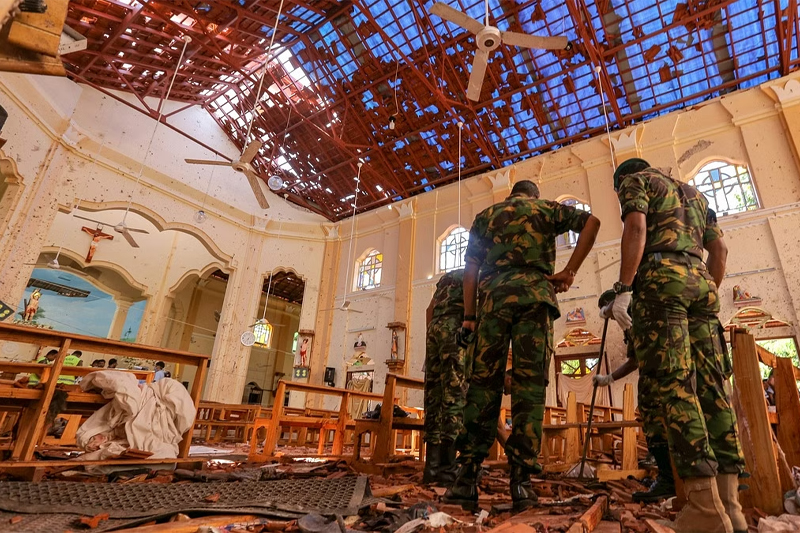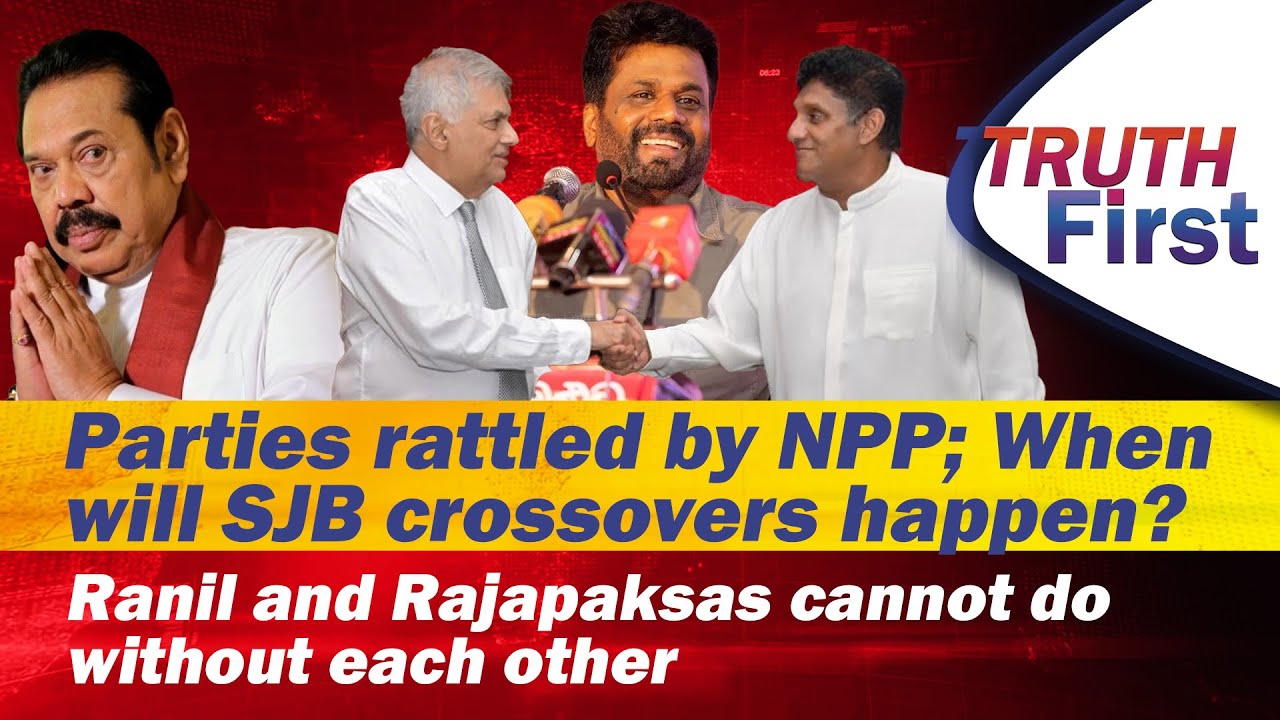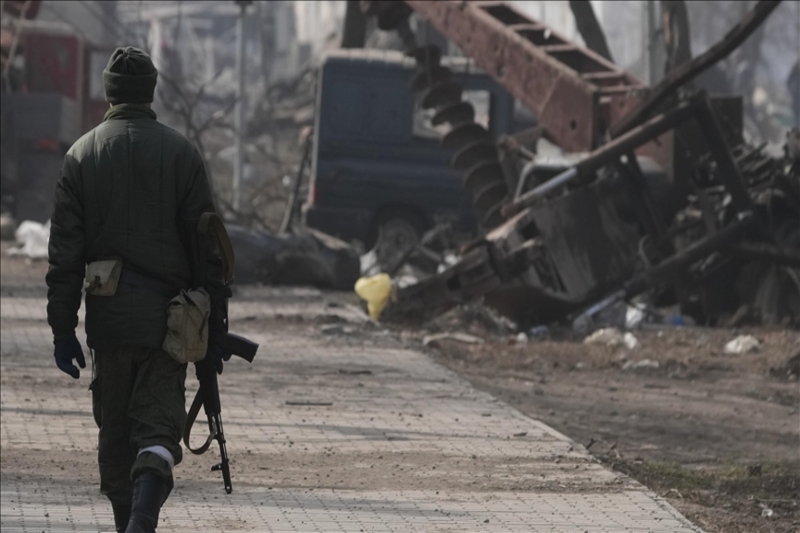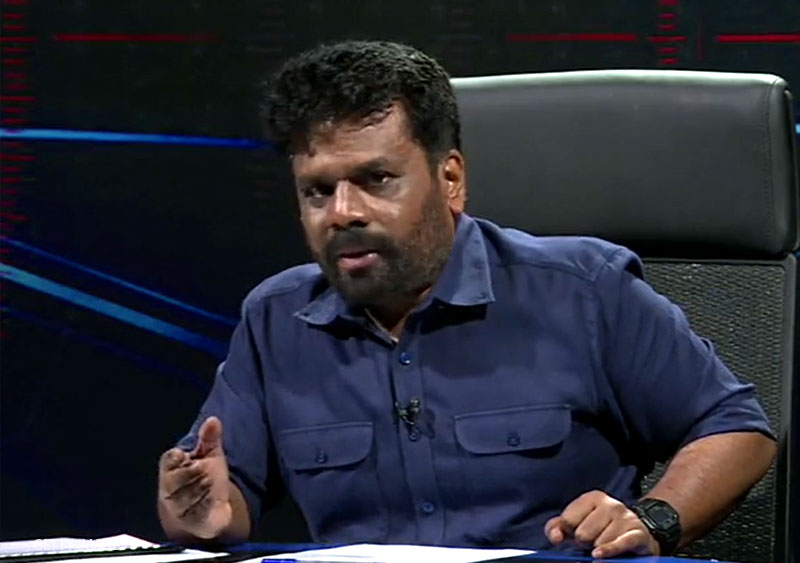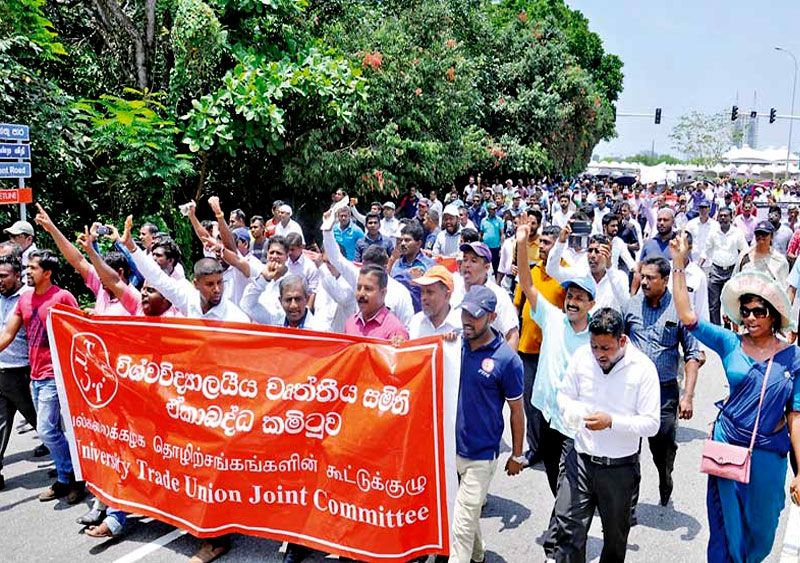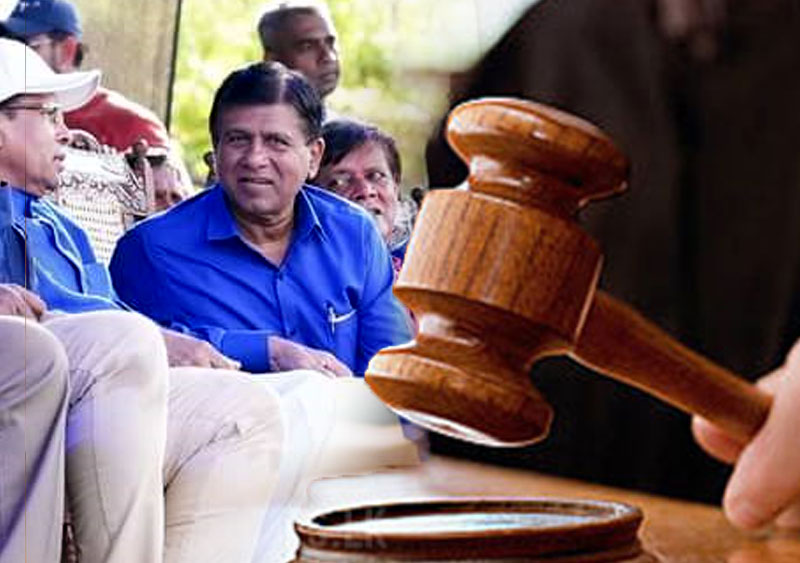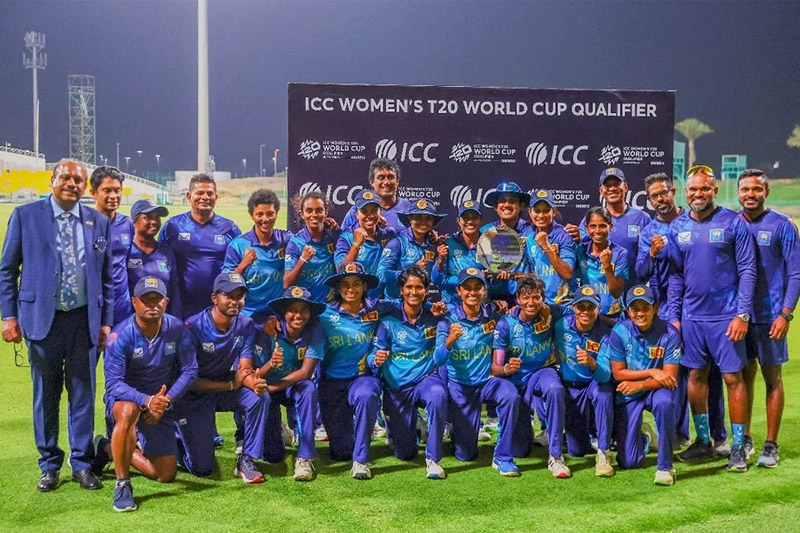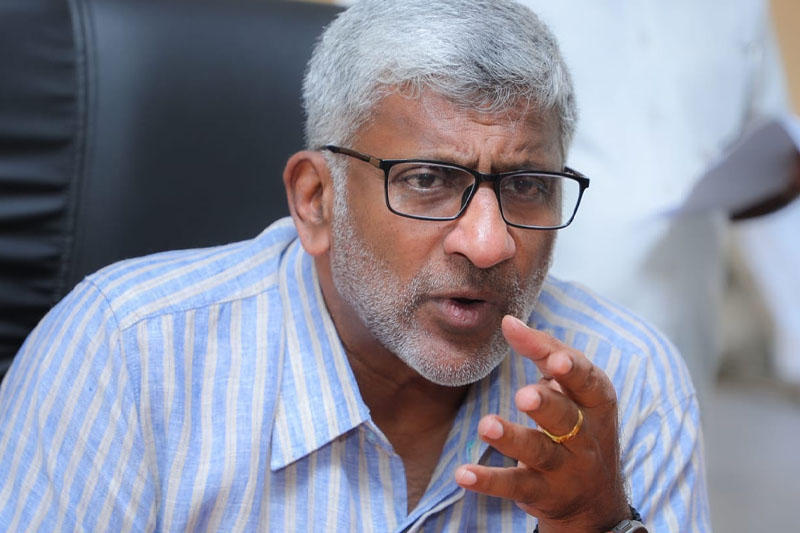(This is the first part of a three-part series on the Easter attacks carried out by a group of suicide bombers inspired by Islamic State (IS) ideology in 2019. Yet, the persisting conspiracy theories continue to cast shadows, regrettably obscuring the truth and jeopardizing national security in Sri Lanka.)
In recent years, if there's been an event that has sent shockwaves through our nation akin to the Covid-19 pandemic, it is undeniably the Easter attack. Regrettably, many individuals have exploited this tragedy for political gain, seemingly oblivious to the harrowing truth that lies beneath. Sri Lanka finds itself ensnared in an ignorance, akin to a parasitic infestation, which not only affords legal shelter but also fosters an environment where extremists can thrive and sow discord.

His Eminence Ranjith Cardinal Malcolm, mere hours after the attack, hinted at a Western conspiracy as the cause. Initially, there were indirect insinuations linking the United States to this heinous act. The subsequent fluctuation in Cardinal's statements, coupled with his conspicuous absence from the Kochchikade church service on the morning of the attack, cast an indelible shadow of doubt.
Nevertheless, he deserves credit for taking constructive steps to quell the ensuing religious turmoil. However, his subsequent declarations have been marred by inconsistencies and apparent political agendas steeped in animosity. This conduct has cast a demeaning pall over the entire process.
Recently, after a brief hiatus due to health concerns, Cardinal Malcolm once again addressed the Easter attack, asserting it to be a power-seeking conspiracy orchestrated by specific individuals in Sri Lanka. Central to his discourse was the figure of Abu Hind.
What is the avatar named, Abu Hind?
Before delving into the broader complexities surrounding this attack, it is imperative to address the web of misinformation that has sprung up around a figure named Abu Hind.
Abu Hind has been thrust back into the limelight due to remarks made by an individual who previously served as an officer in one of the police stations’ traffic division. Much of his rhetoric relies on assorted statements made by various parties, serving diverse ulterior motives, rather than on factual data.
The world cannot unearth truths if it dogmatically accepts ideologies that align with its preconceptions. The pursuit of truth demands rigorous scrutiny grounded in tangible evidence. It is this exact principle that should guide our examination of Abu Hind's character.
India, acutely aware of the threat posed by Islamic State adherents, has taken swift action to investigate and monitor such elements. Their vigilance extends beyond their own borders to neighboring nations, including Sri Lanka, which occupies a pivotal position in this context. Indian security forces understand all too well the perils that stem from the emergence of extremist organizations within Sri Lanka, having gleaned hard-earned lessons from their own history.
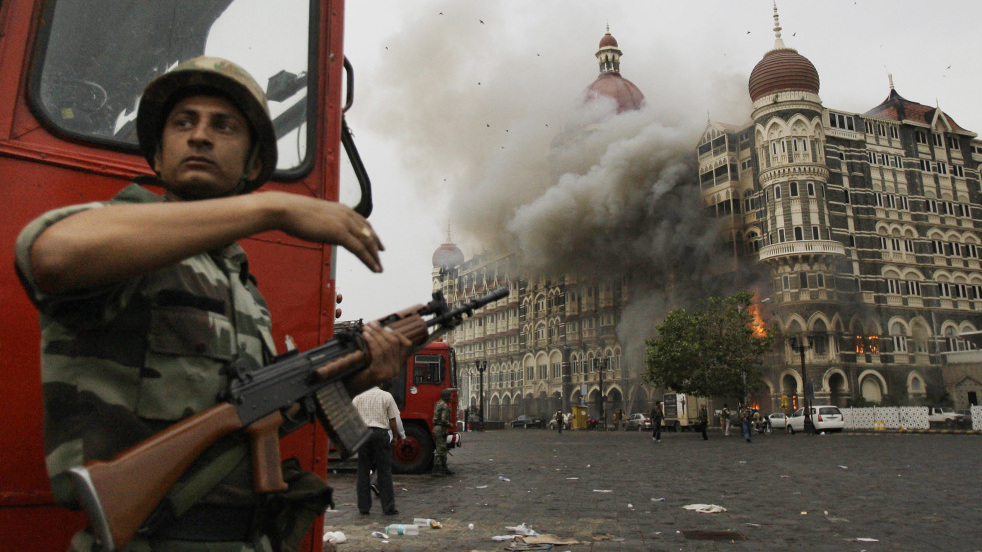
2008 Mumbai attacks
Especially in the wake of the 2008 Mumbai terror attack orchestrated by Islamic extremists, both Sri Lanka and India recognized the direct influence of extremist forces operating in Indian states like Kerala on Tamil Nadu and Sri Lanka. When these extremist entities faced constraints in Kerala, they sought fertile ground in Sri Lanka. Consequently, post-2015, we witnessed the proliferation of madrasa schools and various voluntary organizations disseminating extremist ideologies. Dealing with this issue necessitates more than mere crackdowns on illicit activities; it demands copious time, expertise, resources, and unwavering effort.
In early 2018, India's intelligence agencies conjured up Abu Hind as a technical persona or avatar to engage with those influenced by the terrorist ideology of the Islamic State when it gained traction in Sri Lanka. Think of it as operating a fabricated social media account.
The creation of such avatars forms a key component of global intelligence agencies' ongoing strategies. They play a pivotal role in surveilling terrorist groups, identifying their networks, and assessing the threats they pose. Terrorist organizations leverage tools, including social media, for propaganda, recruitment, and the development of weaponry such as bombs and suicide vests. These avatars are essential in understanding and countering these activities, as they engage with the ideology at its core.
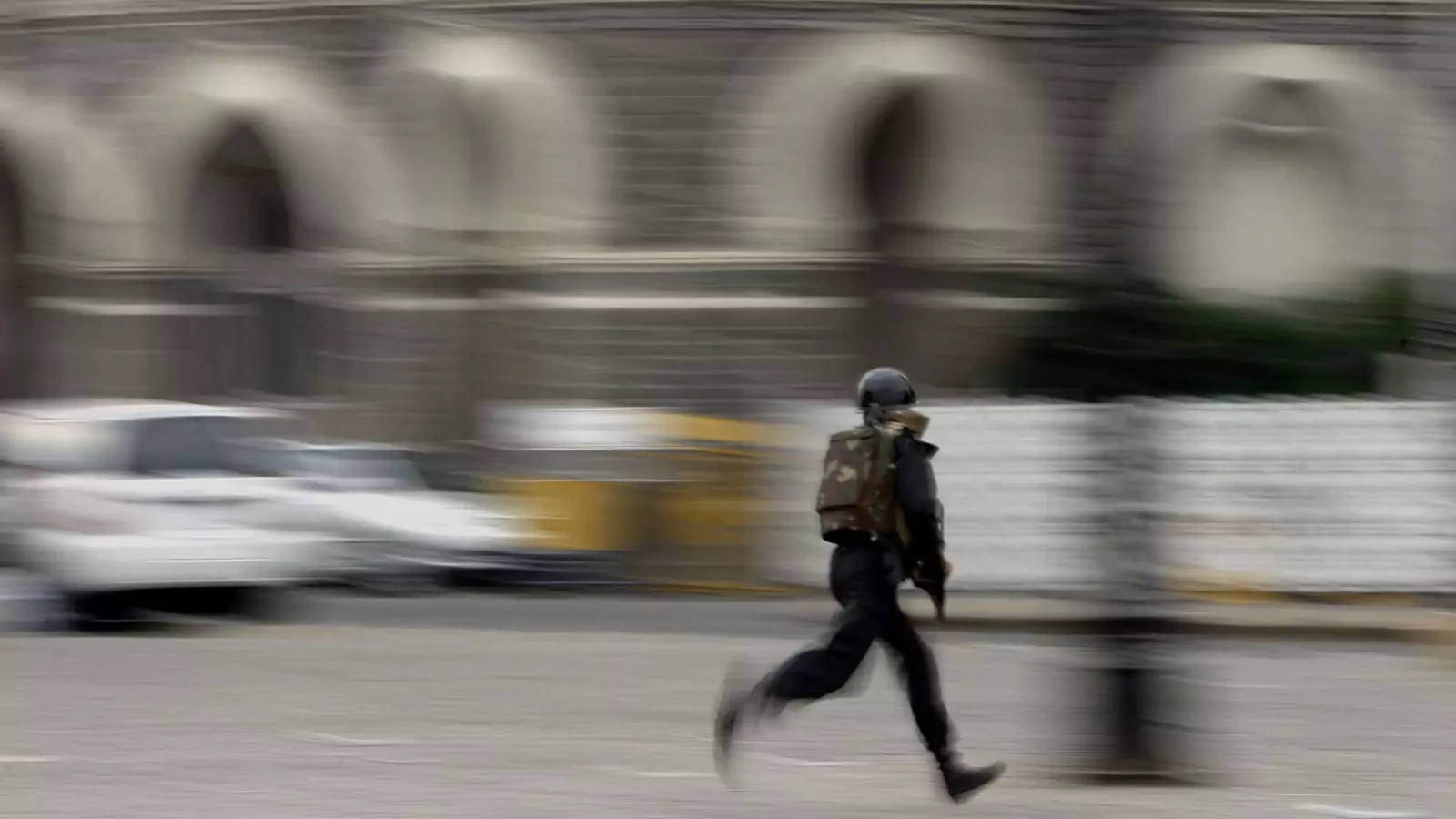
Countless examples and academic studies attest to this practice. Numerous misrepresentations surrounding Abu Hind have arisen due to significant errors deliberated by certain officials during their investigation of the Easter terror attacks. These officials prioritized personal vendettas over factual inquiry.
Consequently, the reports mistakenly perceived the specter of Abu Hind, none other than the incumbent head of state intelligence, who was then attending India's National Defense College in New Delhi. This assertion is unequivocally untrue. Abu Hind had posed as an Indian leader of the Islamic State and successfully gathered information about Saharan and others. This narrative is corroborated by the statements of Saharan and his wife, Hadiya. Saharan ardently believed that Abu Hind would orchestrate a series of attacks across India following his own suicide mission.
The Indian intelligence services, in collaboration with their Sri Lankan counterparts, exchange vital intelligence data gathered through the Abu Hind avatar. This intricate and sensitive cooperation is underscored by the gravity of what's at stake. We must all bear in mind that unveiling the individuals engaged in such operations represents the gravest misfortune a nation can face.
The Easter attack, masterminded by terrorists led by Saharan, is not the last threat our country may encounter. Our history painfully reminds us that similar or varied attacks could occur in the future. Hence, when addressing such sensitive matters, extreme care and an understanding of the profound realities surrounding these events are imperative.
In this context, it is crucial to explore the second case in point within this incident, namely, the enigmatic figure known as ‘Podi Saharan.’The earliest officially documented information about Podi Saharan originates from a Middle Eastern nation where he was then residing. What bears paramount importance is the official confirmation of this intelligence concerning Podi Saharan. Consequently, then the director of the State Intelligence Service, initiated a dossier at the outset of 2019 to compile information received and obtained by an intelligence officer. This dossier bore the codename 'Sonic Sonic,' mirroring the pseudonym of the intelligence officer involved. This practice is a fundamental function of any intelligence department, which involves gathering information about a suspect or an individual, documenting it, and creating dedicated files for potential future investigations.
Truth behind Sonic-Sonic and Podi Saharan

Islamic extremists attacked traditional Muslims with swords at Aliyar Junction in Kattankudy on March 17, 2017. Other profile pictures show Matale Podi Saharan and Jameel.
Born on May 10, 1998, Podi Saharan, also known as Fazrul Rahman Mohammed Saharan, hailed from the Matale region and was a former student of a prestigious school in the Kandy area. As previously mentioned, in February 2019, the Sri Lankan State Intelligence Service received its first official notification about this individual from a foreign intelligence agency. Consequently, the 'Sonic Sonic' files were initiated.
In line with this development, then the Director of the State Intelligence Service appointed an intelligence officer to engage with Mohammad Saharan, extracting extensive details about him for the dossier. The compiled information was later subjected to intelligence analysis, transforming it into actionable intelligence. According to this intelligence, authorities were able to confirm that Mohammad Saharan had been in communication with Saharan's group, responsible for the Easter Sunday attack.
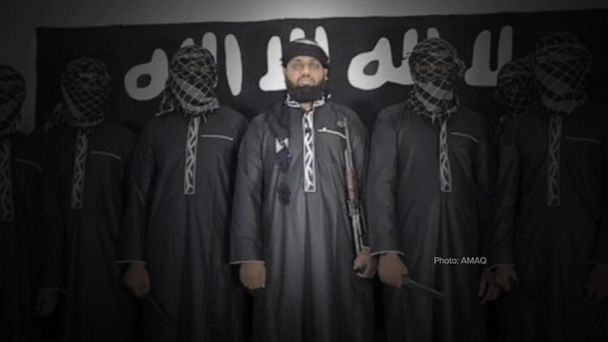
He ardently adhered to the ideology of the Islamic State and maintained connections with the organization's communication networks. His arrival in Sri Lanka on April 15, 2019, coincided with the timing of the attack. A few days after the attack, Matale Police, with the assistance of the State Intelligence Service, apprehended him. Crucially, it was Mohammad Saharan who provided accurate information about the group's readiness for a second attack after the Easter incident. Additionally, he was responsible for disseminating the video clip related to the first attack through media channels affiliated with the Islamic State terrorists.
It is evident that 'Sonic Sonic' serves as the codename for the dossier containing information about Mohammad Saharan, along with the designation for the intelligence officer responsible for managing the file. The State Intelligence Service officer, who communicated with Mohammad Saharan to compile the dossier, meticulously furnished all information, including Telegram app conversations, to the Criminal Investigation Department for further scrutiny. Unfortunately, the actions of those unfamiliar with this subject matter, along with political agendas at the time, inadvertently revealed the successful tactics that intelligence agencies relied upon. It is a national tragedy that even intellectual figures like His Eminence Ranjith Cardinal Malcolm failed to grasp the gravity and sensitivity of these events.
Therefore, it is of utmost importance to delve into the third case in point—the involvement of an individual named Jameel with intelligence agencies. This case study carries significant weight. Born on December 18, 1982, Abdul Latif Jameel Mohammed hailed from an upper-middle-class family and received his education at a renowned school in Kandy. Following his schooling, he pursued employment in Australia but became radicalized there. Subsequently, in 2013, he returned to Sri Lanka and, within a few weeks, gathered a group of individuals sympathetic to the Islamic State terrorist organization's ideology, establishing the Pearl of Wisdom.
Jameel a Bomber
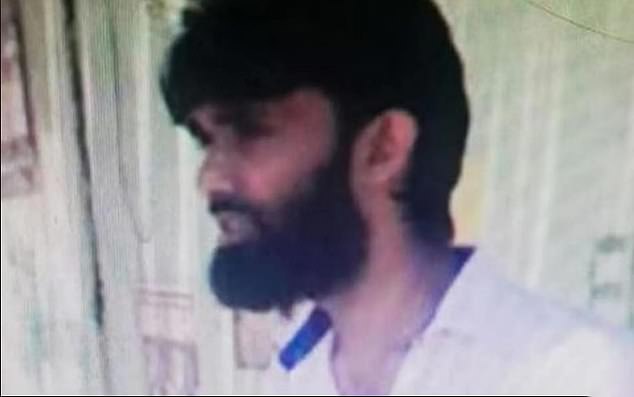
After a failed attempt to travel to Syria via Turkey on November 12, 2012, he promptly returned to Sri Lanka. Upon his return, he united members of the previously established organization and launched the Jamaate Millate Ibrahim, an organization aimed at propagating the activities of the Islamic State terrorist organization and recruiting personnel. On October 14, 2016, he journeyed to Kalmunai, Batticaloa to attend the wedding of his organization member, Mohammad Husni, where he crossed paths with Saharan.
The initial intelligence report concerning Jameel's extremist tendencies was forwarded to the Criminal Investigation Department on July 20, 2015, initiating further inquiry. Subsequently, the State Intelligence Service submitted four additional written reports requesting a thorough investigation into this individual. According to the pertinent records, Jameel was summoned to the Terrorism Investigation Division on April 12, 2018, yet he was released after providing a minor statement. Tragically, Jameel carried out a bombing in Dehiwala and perished.
Following the Easter attack, the State Intelligence Service promptly initiated a search for suspects and their whereabouts, a pursuit informed by years of investigation and data collection. While Jameel's location was unveiled, no concrete evidence has emerged connecting him directly or indirectly with intelligence agencies.
It is crucial to highlight an important aspect here—most of the terrorists who perished in this series of suicide attacks were economically affluent individuals hailing from the upper-middle class, some even educated abroad. Is it imaginable that individuals from a group radicalized by such religious ideologies would willingly sacrifice themselves to install a person who is entirely unrelated to their beliefs as the leader of a state?
Now that we have laid out the essential facts to comprehend the narratives of Abu Hind, Podi Saharan, and Jameel, all of which are rooted in three central myths circulating within society regarding the Easter terror attack, it's essential to underscore that a comprehensive understanding of these events cannot be forged through preconceived notions. Furthermore, these events should not be exploited to settle professional or personal grievances with others.
Everyone possesses the right to seek the truth behind any incident. However, it is not only a transgression to manipulate these events to align with personal narratives and political ideologies, but it also stands in stark violation of fundamental human moral values and principles. The interpretations and misuses of facts surrounding this terrorist attack by many individuals, aiming to further their personal agendas rather than ensuring justice for the victims, inflict irreparable harm upon the sensitive domains of a nation's security, and this is deeply concerning.
With these foundational facts in mind, let's turn our attention to the actions of Azad Maulana, formerly the press secretary of Sivaneshthurai Chandrakanthan, also known as Pillayan, the leader of the Tamil Makkal Viduthalai Pulikal Party and the former Chief Minister of the Eastern Province. Azad Maulana's narrative unfolds uniquely, as he fled the country alongside his family, solely to seek asylum in the UK, citing a perceived threat to his personal safety as the driving force.
Maulana's story sets itself apart from that of Jameel or Podi Saharan. How did Azad Maulana, an individual with no substantial assets upon affiliating with the Pillayans, amass considerable wealth within a few short years? How did he accumulate nearly seven crore rupees only in one of his personal bank accounts as he prepared to leave the country? It becomes imperative, in the next part of this series, to scrutinize the glaring falsehoods concealed beneath his claims of truth.
To Be Continued...
By a Defence Correspondent

